If you’re new to Formula 1, you might wonder how drivers handle high speeds and G-forces so easily. The secret is their strong, consistent fitness routines. F1 is more than just fast cars and bold moves. It’s a tough test of both body and mind. Drivers can face up to 6Gs in corners, pushing their bodies and focus to the limit. That’s why they work hard to build strength, stamina, and flexibility to stay sharp on the track. Now, here’s the cool part: you don’t need a fancy gym or a personal trainer to borrow some of their tricks. As a beginner F1 enthusiast, you can use these simple exercises at home to boost your own fitness, feel more connected to the sport, and maybe even imagine yourself in the cockpit. To bridge the gap between F1 workout and your everyday routine, we’ll break down the science behind F1 driver training, share top exercises inspired by the pros (updated for the 2025 season), and offer tips to help you apply them effectively.
Why F1 Driver Fitness Matters – And How It Can Help You
Picture this: you’re a new fan watching Max Verstappen or Lewis Hamilton lead a race, and you ask, “How do they stay so focused?” It’s not magic—it’s training. F1 drivers train like elite athletes because the sport demands it. They endure heart rates of up to 190 beats per minute, lose fluids due to cockpit temperatures as high as 50°C, and experience forces that would fatigue the unprepared.
The core of their regimen? A mix of cardio for endurance, strength training for core and upper body stability, and flexibility work to handle those twists and turns. According to experts at Red Bull Racing, pre-season training involves up to six sessions a week, combining running, cycling, and weights to achieve the perfect balance. For 2025, with longer races and hybrid tech pushing cars faster, drivers like Charles Leclerc are emphasizing HIIT (High-Intensity Interval Training) to mimic race stress.
As a new fan, knowing this can make watching races even more interesting. Trying these trainings can also help you stay active, especially if you’re working at a desk. It’s all about building resilience, just like the drivers do. Start slow, pay attention to how your body feels, and check with your doctor if you’re new to exercise. Ready to train like an F1 champ?
Top F1-Inspired Workouts for Beginners
F1 driver training focus on key areas: the neck and core for G-force resistance, the legs for pedal control, and the arms for steering precision. We’ve drawn inspiration from professional routines, like those shared by Motorsport.com and Formula1.com, to provide you with simple yet effective exercises. No fancy equipment is needed—just dumbbells or your own body weight. Aim for two to three sessions a week and pair them with cardio, such as a 30-minute jog, to channel your inner Verstappen.
#1. Dynamic Squat Stretch: Loosen Up Those Legs
This one’s a staple for warming up the lower body, targeting glutes, hamstrings, and quads—crucial for drivers pushing pedals under pressure.
How to do it:
- Stand with feet shoulder-width apart, knees slightly bent.
- Bend at the waist to grab your toes (or as far as you can reach).
- Squat down low, keeping hold of your toes, then rise until your legs are almost straight.
- Release and stand tall.
How many? 5-8 reps. If you work at a desk, do this exercise daily to improve flexibility.
Pro tip from the pros: By 2025, drivers like Pierre Gasly are incorporating this into their mobility routines to maintain agility in the car.

#2. Goblet Squat: Build Power in Your Lower Body
Goblet squats amp up leg strength and core stability, helping drivers maintain control during high-speed braking. For you, it’s great for toning and building endurance.
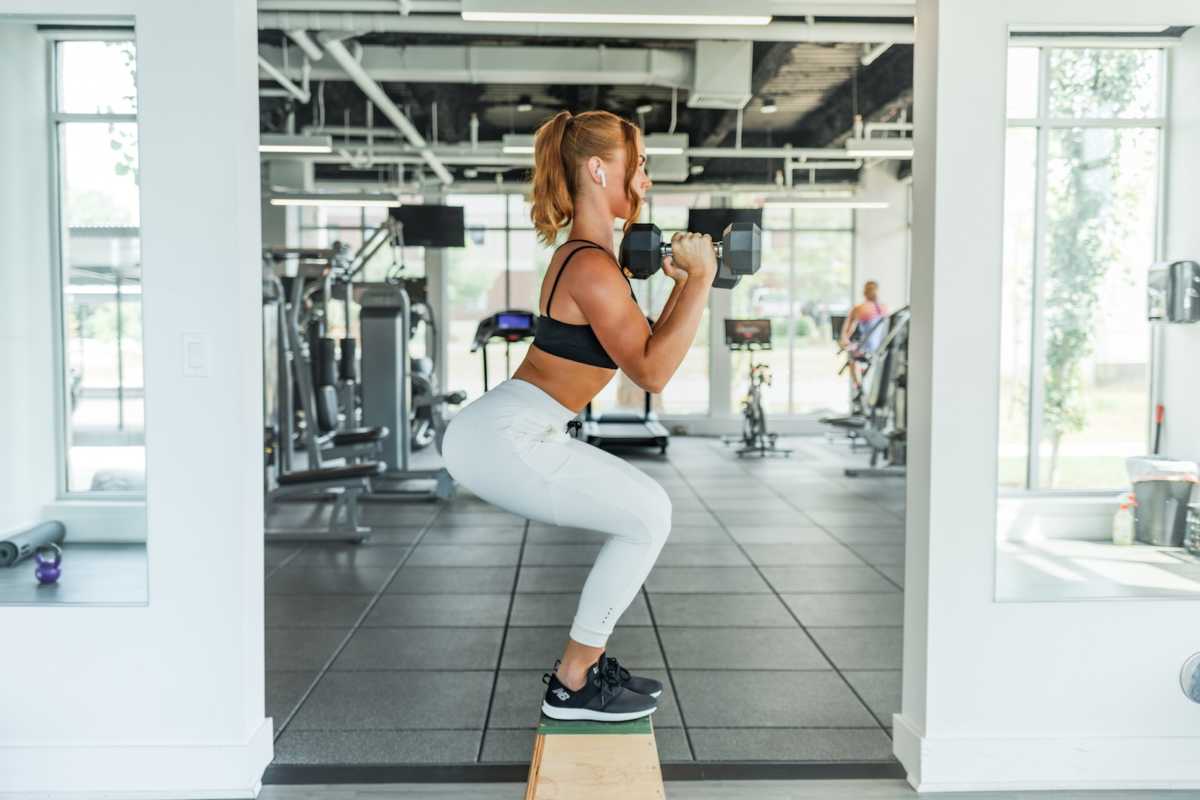
How to do it:
- Hold a dumbbell (or water bottle) close to your chest, feet wider than shoulders.
- Squat down until your thighs are parallel to the floor and your heels are flat.
- Push through your heels to explode back up.
How many? Do 3 sets of 10-12 reps. To keep improving, add 2 kg to your dumbbell or do two more reps each week. This method, called progressive overload, keeps you motivated and helps you avoid hitting a plateau. If you’re just starting out, use lighter weights and rest for 1-2 minutes between sets.
Bonus: Add a pause at the bottom for extra burn, as seen in routines from the F1 movie training regimens.
#3. Half-Kneeling Shoulder Press: Strengthen Shoulders and Core
The shoulders endure significant stress from steering forces, so this exercise helps build balance and upper-body strength. It’s also great for improving the posture of rookie F1 drivers who slouch during races.
How to do it:
- Kneel on one knee, dumbbell in the opposite hand at shoulder height.
- Press the weight overhead without leaning.
- Lower slowly and switch sides.
How many? 3 sets of 5-8 reps per side.
F1 insight: Daniel Ricciardo swears by controlled breathing here—exhale on the press to maximize gains.

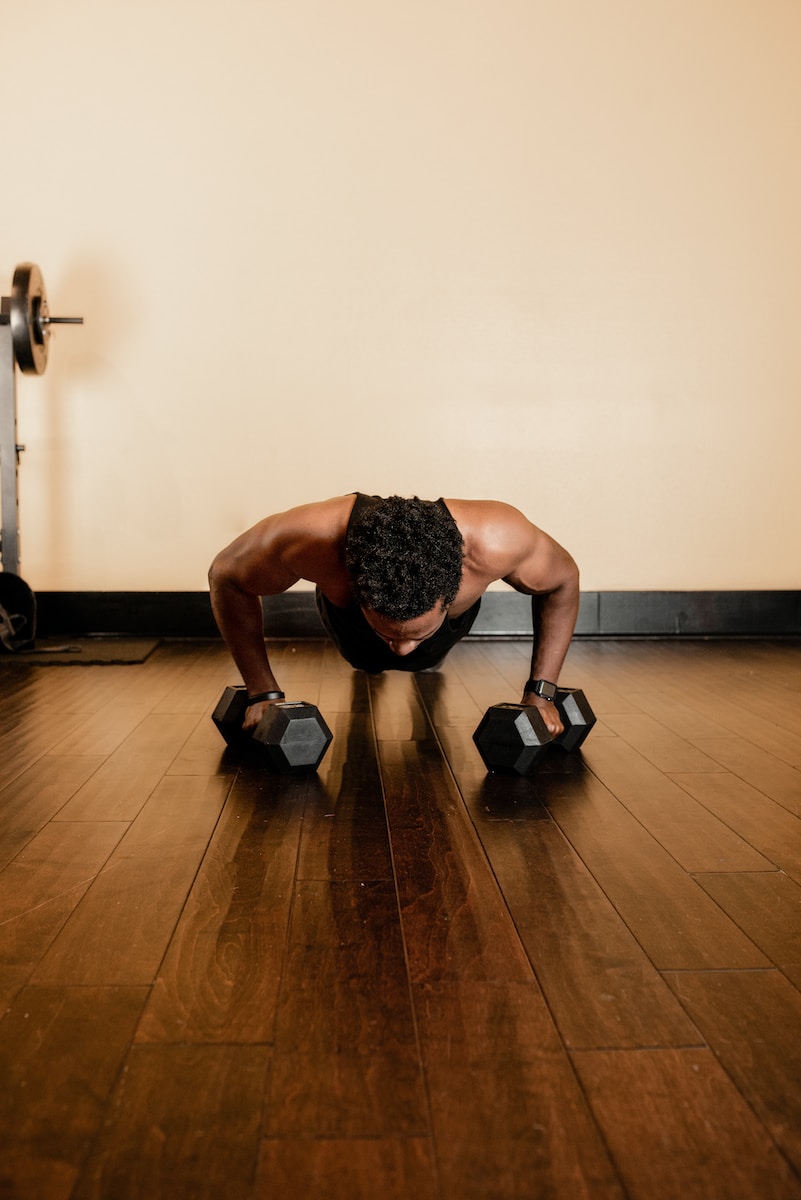
#4. Dumbbell Push-Ups: Upper Body Endurance Booster
Push-ups are F1 basics for chest, shoulders, and triceps. Using dumbbells adds grip strength and mimics wheel handling.
How to do it:
- Start in a plank position with your hands on the dumbbells.
- Lower your chest, elbows tucked.
- Push up explosively, core tight.
How many? 3 sets of 8-10 reps.
New for 2025: Incorporate variations like rotational push-ups for core twists, inspired by yoga integrations in driver routines.
#5. Neck Harness Training – The F1 Secret Weapon
Renegade Rows help with full-body engagement. It improves core strength and stabilization, while the pulling movement works the shoulders, triceps, biceps, and back. Moreover, exercise helps to burn fat.

Can’t forget the neck! Drivers use harnesses to resist G-forces. For beginners, try this bodyweight version:
- Lie face-up, lift your head slightly, and hold for 10-20 seconds.
- Rotate side to side.
How many? 3 sets of 10 reps. Build up slowly to avoid strain. Prioritizing neck safety is crucial. Stop if you feel any pain or discomfort. Avoid overdoing neck exercises. This approach reassures beginners and helps prevent injuries. From recent insights, the focus of training in 2025 is on the neck as cars become faster.
Advanced Core Add-Ons: Level Up Your F1 Fitness for 2025
Once you’ve nailed the basics, dive into these core crushers inspired by pros like Ricciardo’s plank variations and general rotational drills. They’re perfect for building that mid-race stability, especially with 2025’s faster hybrids demanding more from your obliques and abs.
#6. Side Plank Rotations: Boost Rotational Power
This one’s all about mimicking those high-G turns—rotating your torso while holding a plank builds oblique strength to keep you steady, just like drivers resisting lateral forces.
How to do it:
- Start in a side plank position with your body straight and your weight on your forearm.
- Reach your top arm under your body, then rotate to reach skyward.
- Keep hips high, core engaged.
How many? 3 sets of 8-10 reps per side.
2025 twist: Add a light dumbbell for reach, as per updated core trends for explosive power.
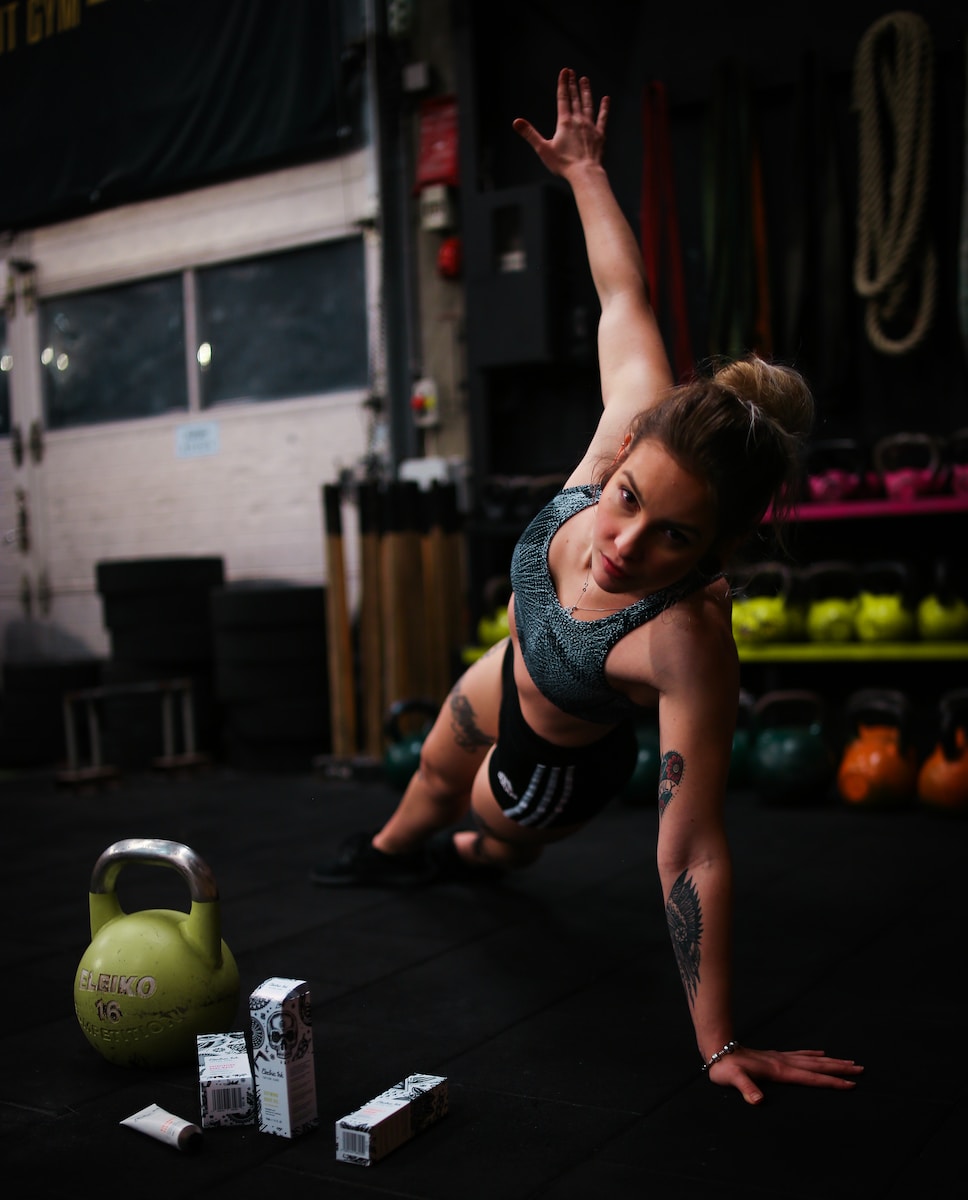
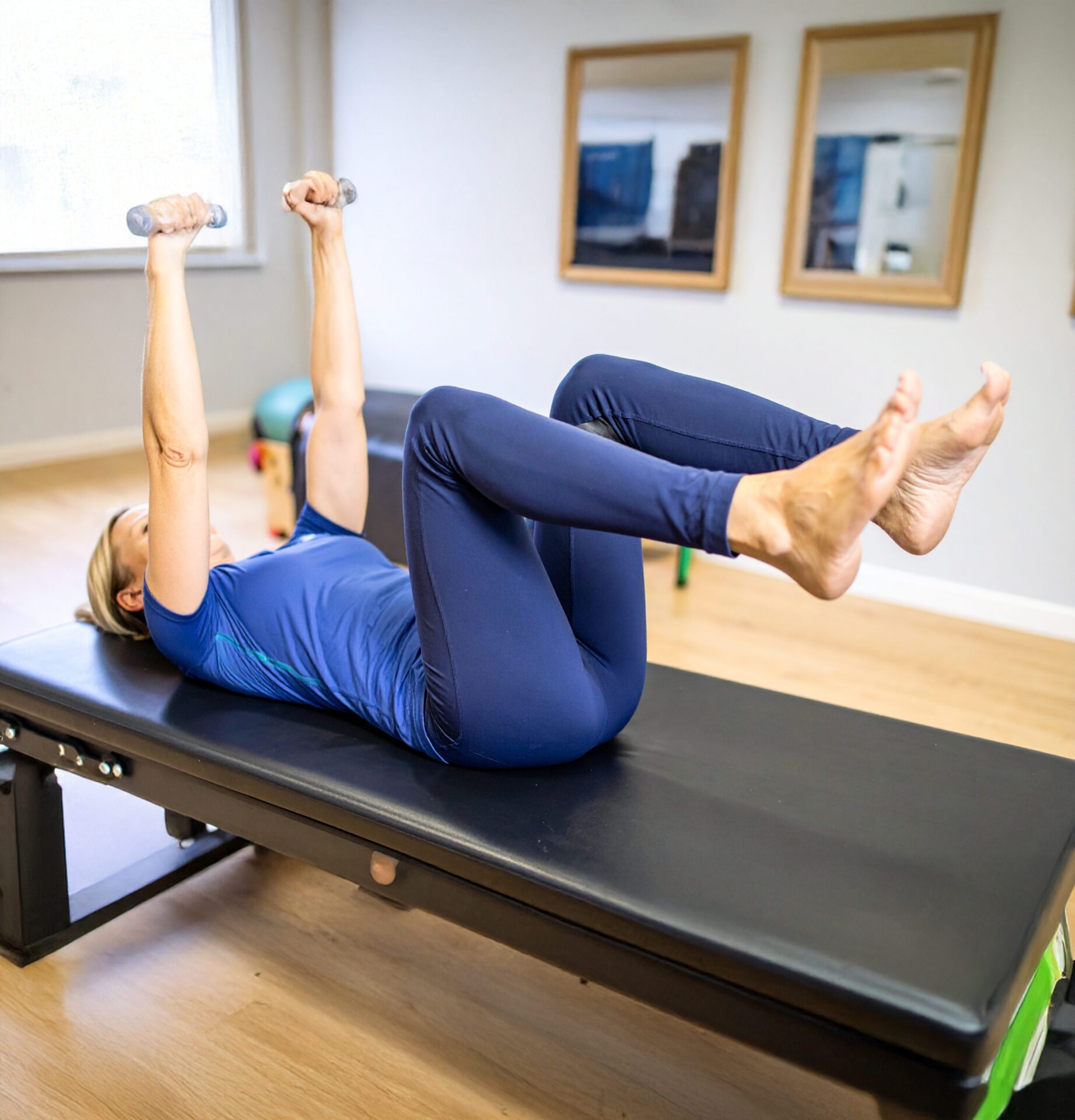
#7. Weighted Dead Bug: Master Core Stability
Dead bugs prevent your core from “bugging out” under pressure—great for anti-extension strength, helping you brace like a driver during heavy braking.
How to do it:
- Lie on your back, arms extended up with weights (dumbbells or bottles), knees bent at 90°.
- Slowly lower your opposite arm and leg toward the floor, being careful not to arch your back.
- Return and switch.
How many? 3 sets of 10 reps per side.
Pro insight: In 2025, drivers amp this with pauses for better recovery simulation, per Motorsport Prospects’ fitness focus.
#8. Seated Russian Twist: Enhance Torso Rotation
Twists target obliques for that steering wheel control—think of it as prepping for overtakes without losing form.
How to do it:
- Sit with your knees bent and lean back slightly. If you are advanced, keep your feet off the ground.
- Hold a weight or ball and rotate from side to side while tapping the floor.
How many? 3 sets of 12-15 reps per side.
Fresh for 2025: Incorporate a medicine ball toss variation for dynamic power, aligning with HIIT trends in F1 prep.
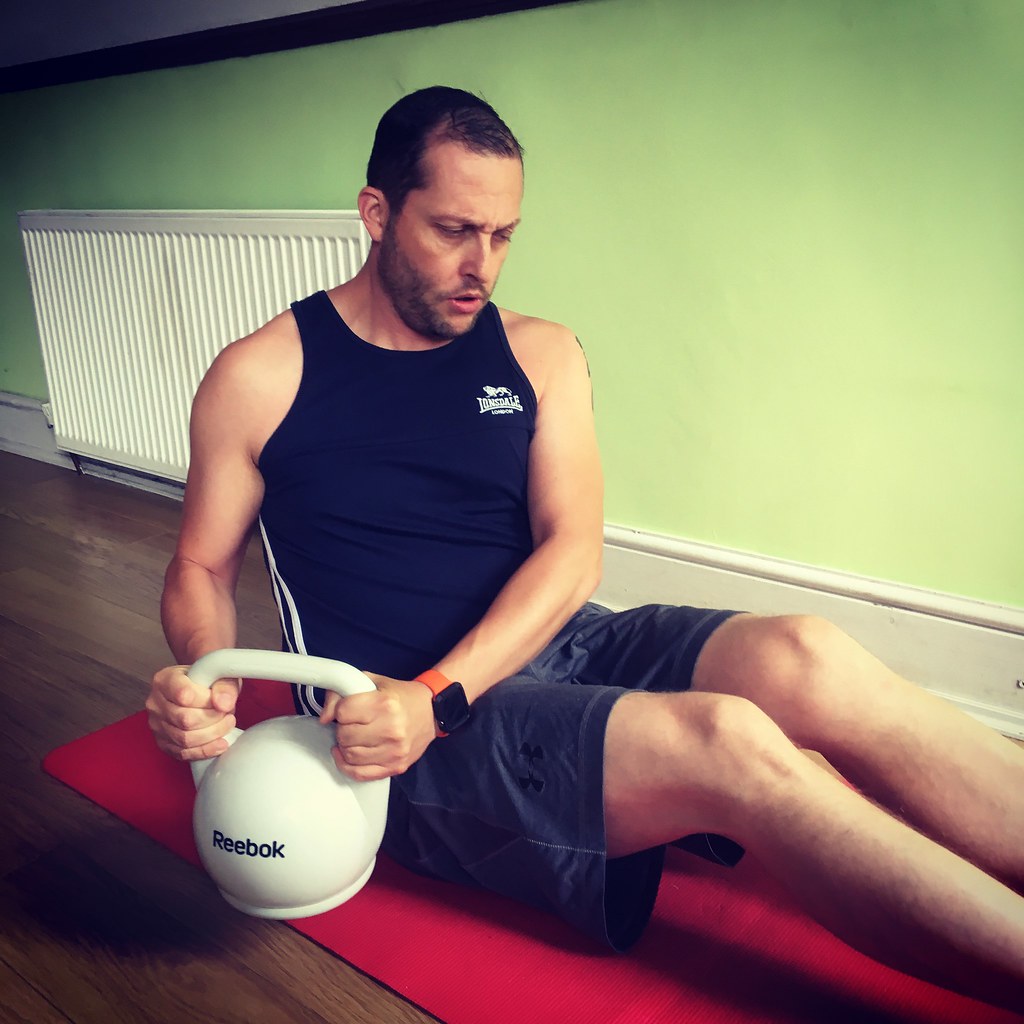
Fueling Like an F1 Driver: Quick Diet Tips
Training is half the battle, and nutrition seals the deal. Drivers eat clean: lean proteins, veggies, and carbs for energy. Imagine your plate as a visual guide: fill half with colorful veggies, use a palm-sized portion for lean proteins like salmon for omega-3s, and allocate a fist-sized amount for carbs such as oats or whole grains for sustained fuel. Hydration is crucial as they can lose up to 4kg during a race. Aim for balanced meals and snacks, like bananas, before working out. In 2025, plant-based options are trending, as noted in Red Bull’s nutrition guides.
Start Your F1 Training Journey
There you have it—simple F1 driver workouts tailored for new fans like you. These aren’t just exercises; they’re a way to feel closer to the sport while getting fitter. Remember, consistency is key, just as it is in racing. Track your progress and time yourself during a Grand Prix weekend to stay motivated.
If you’re hooked on F1, check out more on G-forces or F1 drivers’ profiles to deepen your knowledge. Got questions? Drop a comment—we’re all beginners at some point. Stay fit, stay fast!



